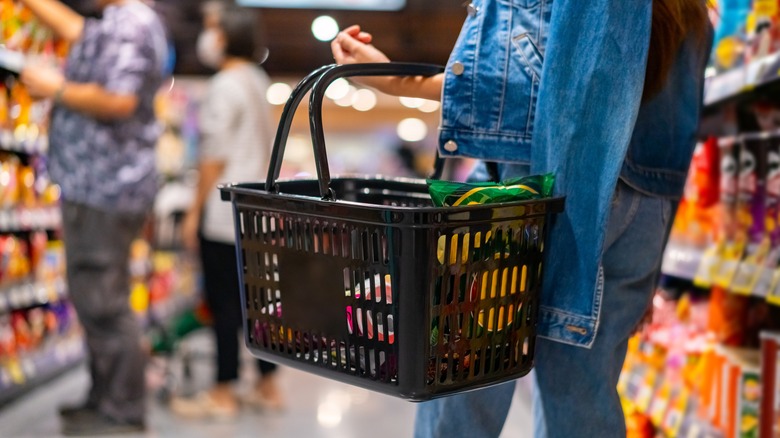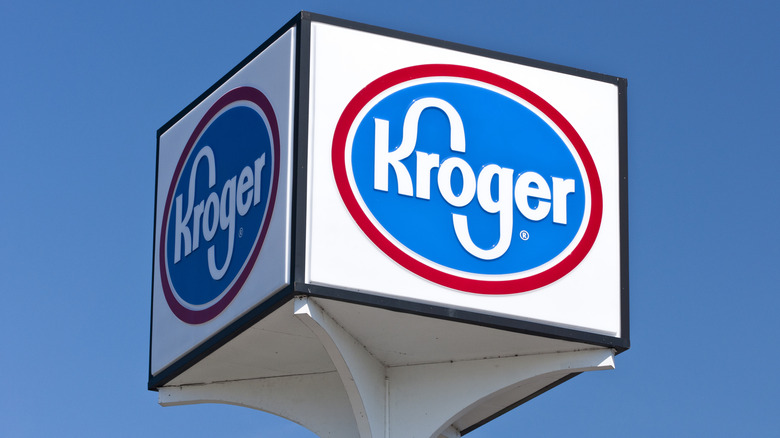The Ohio Grocery Store That Quickly Spread Across America
The oldest grocery store chain in America got its start in Ohio and has been growing since the late 1800s: Kroger. At one point, the company even had a whopping 5,575 stores. This impressive success and expansion came from the company offering a variety of products under one roof. Instead of needing to shop at different stores for bread, meat, and pantry goods, customers could make one stop at Kroger. While the number of locations is now lower at 2,700 stores under either the Kroger moniker or a variety of other names like Ralphs, the company still continues to offer one-stop shopping for everything from groceries to jewelry to gasoline. Now, almost 150 years after its start as a tea company, Kroger is the fourth most popular grocery store in the United States.
The company's large scale and continued growth require a clear strategy, and in some cases, a clever redistribution of funds. Kroger announced in June 2025 that it plans to close 60 stores over the next year and a half (via Food Business News), though not without a larger game plan in mind. The stores on the chopping block are underperforming or not generating enough revenue to justify being open. Kroger is using these closures as an opportunity to reinvest in the company by opening up 30 new stores (if not more) and remodeling or expanding others. New stores and remodeled stores are far from the only way Kroger has tried to grow as a company in recent years.
Kroger continues to grow and evolve
The biggest grocery store merger in history wasn't meant to be, as a federal judge blocked Albertsons and Kroger from making a deal, fearing that it would limit grocery options too much for consumers. Kroger doesn't always change the names of stores it acquires — for instance, it bought Fred Meyer in 1998 — and this can lead some consumers to shop at Kroger locations without realizing it. Even though certain expansion paths were blocked, Kroger will be growing in other ways as it opens up new locations. Some of the newer spots are set to be marketplace stores, which are large-scale venues that offer almost everything shoppers could need. Clothes, home goods, and groceries are all under one roof but so are specialized delis, electronics, and coffee shops. By investing in marketplace models, Kroger is eliminating much of the need for consumers to shop anywhere else.
In 2024, Kroger proved that it's not one of the best grocery store chains for budget shoppers when the company admitted to price gouging milk and eggs. There have also been other investigations into overcharging shoppers for a multitude of products. Since these incidents, Kroger has made investments in employees and customers to maintain a more trustworthy and positive experience for all. This includes expanding beyond just brick-and-mortar shopping. Kroger already offers delivery and InstaCart options, but it also announced a partnership with the popular delivery service DoorDash in 2025. With an increasing number of Kroger locations offering delivery and in-store purchase for most consumer needs, there's little reason for customers to shop elsewhere.

